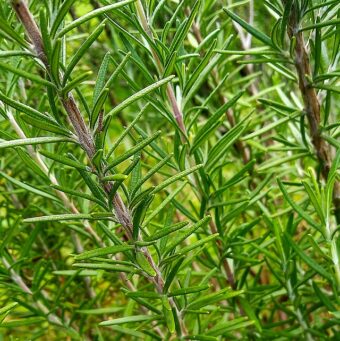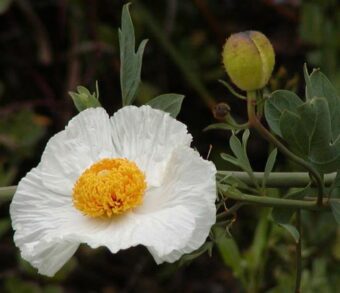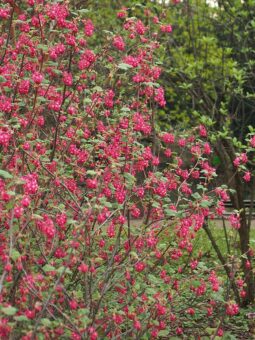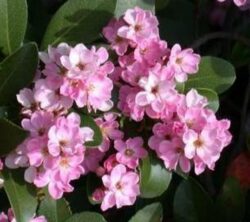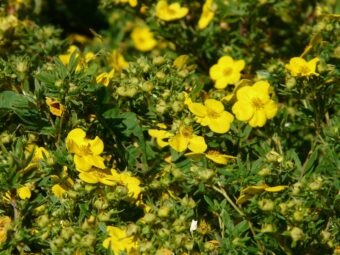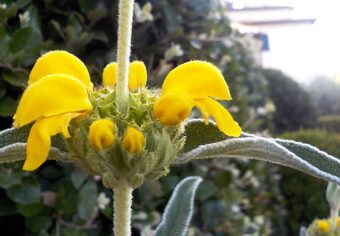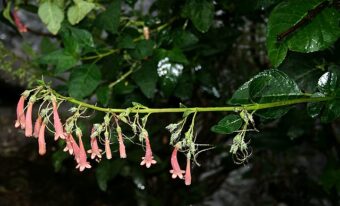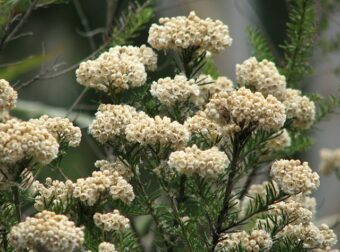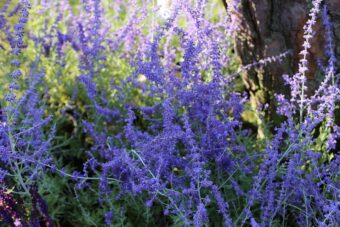In this article, we will find out how to grow the beautiful and not-often-seen flowering shrub of Rubus in containers. We are talking about plants that are grown for their colourful stems in winter or their floral displays or their fruits.
The popular, large white-striped, Rubus cockburnianus, is not suitable to be grown in containers as the plant is simply too large and unruly.
Rubus is a large and diverse genus of flowering plants that belong to the Rosaceae (Rose) family with over 1350 species known to exist. The familiar plants in the family are raspberry, blackberries and dewberries, and …


